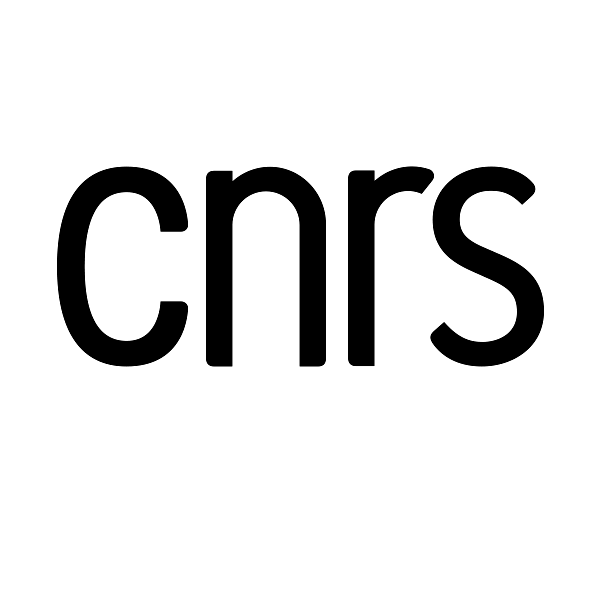Le 28 juin 2017
de 15h00 à 15h30
Le Patio (université de Strasbourg)
22 rue René Descartes, 67000 Strasbourg
amphithéâtre 5
Séance - The Second Viennese School (I): Berg, Organicism, and the Teleology of Form
Pré-acte / Acte
Auteur : Philip Stoecker
In a letter written to Arnold Schoenberg, dated July 27, 1920, Alban Berg notated twelve different ascending interval cycles, from 1 to 12, in a note-against-note alignment, which he referred to as “Eine theoretische Spielerei.” Berg’s alignment of interval cycles has been an invaluable source of study. George Perle (1977) and David Headlam (1999) discuss the cyclic chart and examine instances of comparable structures throughout Berg’s oeuvre, especially the Vier Lieder, op. 2; the String Quartet, op. 3; and Wozzeck. In this presentation I will re-examine an aligned-cycle motive in Berg’s String Quartet to show how this cyclic design may be a subtle musical representation of Alban Berg and his initials, A/B-flat. In bars 2–3 of the first movement, Berg aligns a descending chromatic motive (A-flat, G, F-sharp) in the viola together with a descending interval of perfect fourths (F–C–G) in the cello, which generates three different intervals: 3, 7, and 11. This particular alignment has the potential to generate a semitone interval of A/B-flat, his initials. To support my argument, I will discuss a manuscript page found in Berg’s sketchbook for the String Quartet (F21 Berg 7). Located in the Österreichische Nationalbibliothek (Austrian National Library) in Vienna, this interesting sketch reveals that Berg may have used the opening aligned-cycle motive to musically represent himself.








